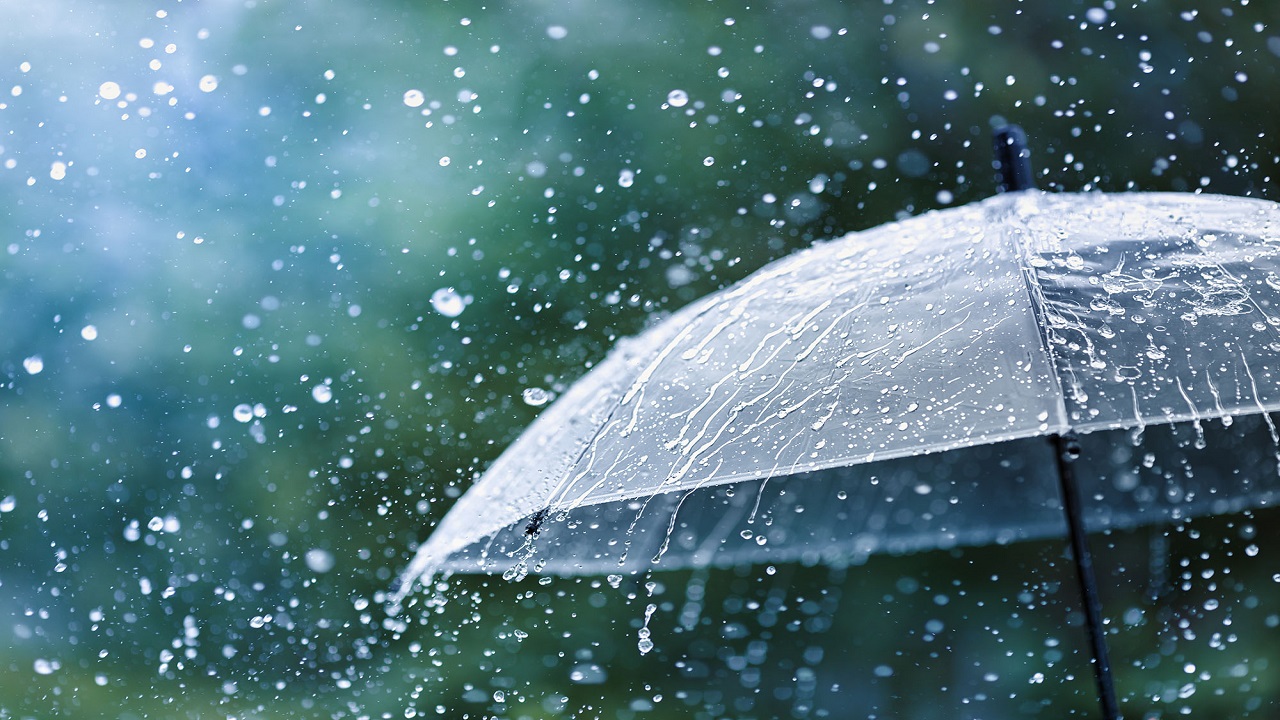Monsoon Impact in Northeast India: Causes and Vulnerabilities
Context
The Southwest Monsoon, vital for India’s agriculture, often turns destructive in the Northeast region. In 2025, it arrived early on May 24, and is already wreaking havoc in Assam, Meghalaya, and surrounding states. Understanding how the monsoon affects this region is key to disaster preparedness and policy response.
How Monsoon Reaches Northeast India
-
The monsoon begins in early June, driven by low pressure over northern India.
-
Moisture-laden winds from the Indian Ocean split into:
-
Arabian Sea Branch – moves along India’s west coast.
-
Bay of Bengal Branch – travels northeastward, bringing rain to the Northeast.
-
-
The Bay of Bengal branch picks up more moisture and reaches Northeast India within days of hitting Kerala.
-
Orographic effect: The Eastern Himalayas and regional hills force moist air upward, causing heavy rainfall.
Why Northeast India Is More Vulnerable
1. High Rainfall Intensity
-
The region naturally receives excessive rainfall.
-
Mawsynram (Meghalaya) gets 11,872 mm annually – highest in the world.
2. Flash Floods
-
Rainfall occurs in short, intense bursts, causing sudden river surges and flooding.
3. Complex Terrain
-
Steep hills, narrow valleys, and major rivers like the Brahmaputra lead to quick runoff and flash floods.
4. Landslide Risk
-
Alluvial soils become unstable when wet, triggering landslides.
5. River Siltation
-
Rivers carry high silt loads due to deforestation and erosion, raising riverbeds and flood risk.
6. Seismic Activity
-
Located in Seismic Zone V, the region is prone to earthquake-triggered landslides, especially during monsoon.
7. Urban Pressure
-
Settlements in floodplains and hills are increasingly exposed to disasters.
What Needs to Be Done
-
Monsoon disasters are becoming a chronic issue in Northeast India.
-
A coordinated approach is needed involving Centre and States.
Key Solutions:
-
River dredging and embankment strengthening
-
Flood forecasting systems
-
Better land-use planning and regional cooperation on water sharing




Comments (0)